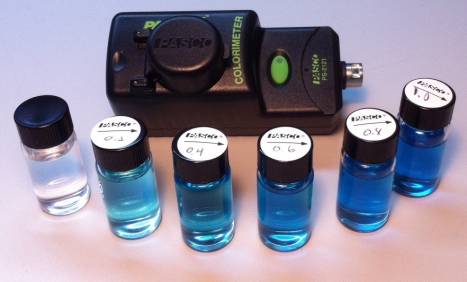Colorimetry
An often used test in manufacturing and control is the similarity or differences in the intended color of the material. Historically, this testing was performed directly by visual observation of the analyst. However, the perception/quantifying color by the analyst is inherently subjective in nature. Colorimetry converts this subjective test into a quantifiable test by measuring the color of an item using instrumentation. Colorimetry allows for consistent color determinations and comparisons that are more sensitive, accurate and reproducible than visual observations.
Ideal Uses of Colorimetry
- Manufacturing control
- Release testing to ensure correct color
- Stability testing to monitor changes over time

Strengths
- Very sensitive in determining similarities/differences between colors
- Simple/quick technique
- Highly reproducible, not dependent on analyst observations
Limitations
- Can only determine surface color
- High color intensity differences can affect measurements
Colorimetry Technical Specifications
- Measurement of either the RGB or XYZ color tristimulus values
- Measures visual spectrum
